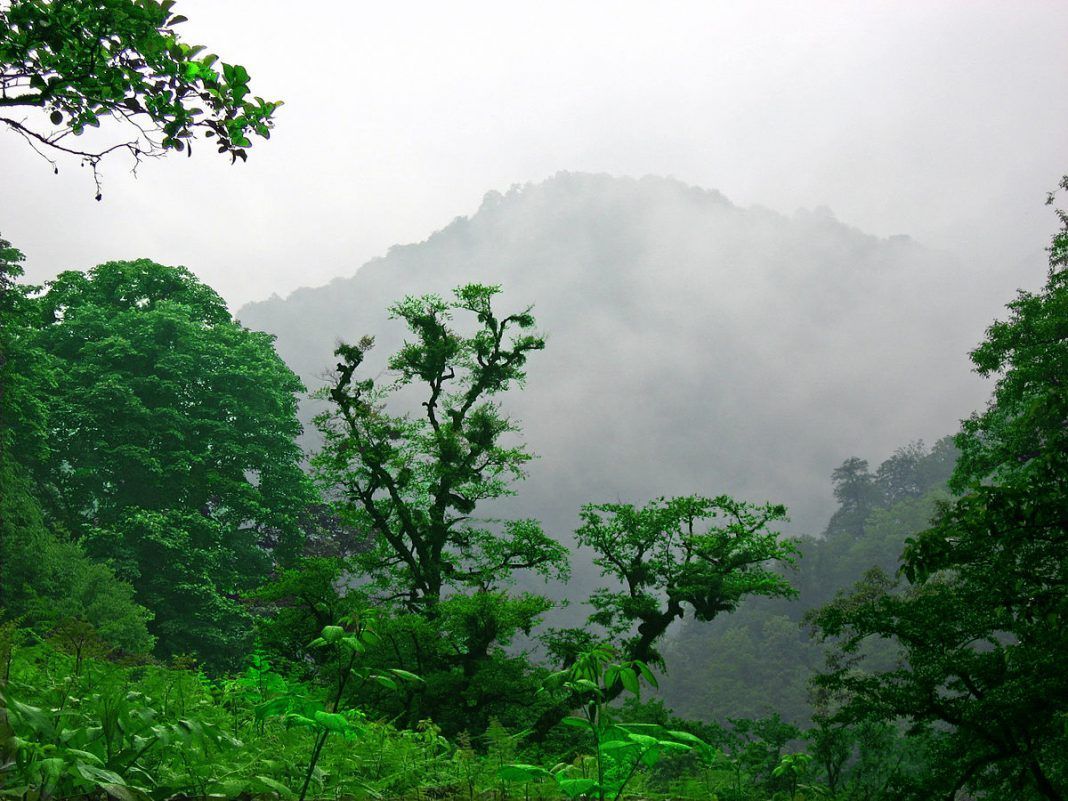The United Nations Educational, Scientific and Cultural Organization (UNESCO) has added the Caspian Hyrcanian Mixed Forests to its list of World Heritage Sites.
The Hyrcanian Mixed Forests is the second natural reserve in Iran to be listed as a UNESCO World Heritage Site. In July 2017, UNESCO added the Lut Desert (Dasht-e Lut), a vast salt desert in the southeastern provinces of Kerman and Sistan and Baluchestan, to its list.
Hyrcanian forests stretch 850 kilometers along the southern coast of the Caspian Sea in Iran and the Republic of Azerbaijan. They cover an area of nearly 55,000 square kilometers. The broad-leaved forests date back 25 to 50 million years. Almost 44 percent of vascular plants known in Iran grow in the Hyrcanian region, which only covers 7 percent of the country. Wildlife conservationists have so far recorded 180 species of birds and 58 mammal species, including the Persian leopard, in the Hyrcanian forests.
UNESCO had previously rejected a petition by the Republic of Azerbaijan to list the forest as a World Heritage site in that country. The organization instead voted in favor of a petition by the Islamic Republic, since 95 percent of the forest is inside Iran. Close to 20 million hectares and 20,000 hectares, respectively, of the forest are located in Iran and the Republic of Azerbaijan.
The forest is in the ancient Hyrcanian region which includes modern-day Gorgan, capital of the northeastern province of Golestan. Europeans in centuries past who visited Gorgan called it Hyrcanian, which at one point included parts of the Semnan and Mazandaran provinces and the surrounding areas. Inhabitants of the region permanently changed the name from Hyrcanian to Gorgan, which also covers the Gorgan Plain and Gorgan Gulf.
The Caspian Hyrcanian Mixed Forests and the Lut Desert are the only natural reserves among the 24 Iranian entries on the UNESCO’s list of World Heritage Sites.
[Translated from Persian by Fardine Hamidi]



